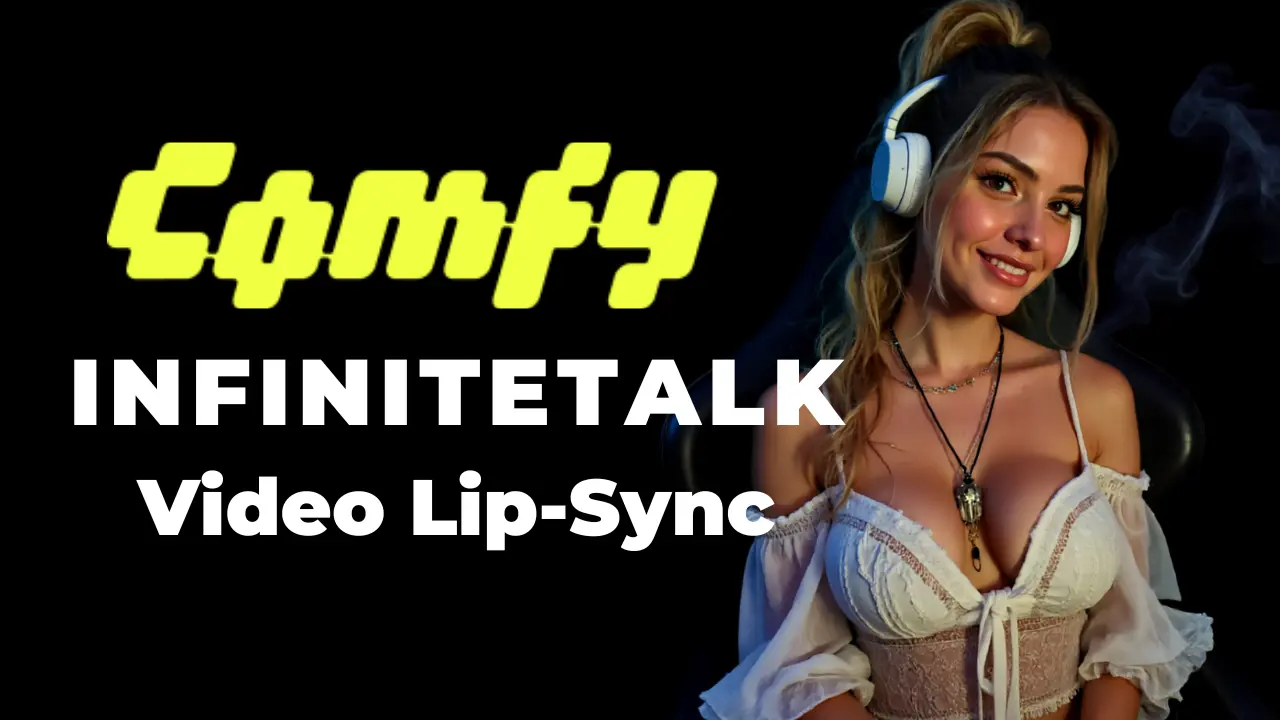What Are Stable Diffusion Checkpoints and Why Should You Care?
Table of Contents
1. Introduction
In the rapidly evolving landscape of artificial intelligence and image generation, stable diffusion checkpoints have emerged as pivotal tools. These pre-trained models serve as the foundation for translating text prompts into vivid images, allowing artists, designers, and technologists to explore creative possibilities. Understanding what stable diffusion checkpoints are and their implications is essential for anyone interested in harnessing the power of modern generative art. In this blog post, we will delve into the various aspects of stable diffusion checkpoints, their types, how to access them, and their applications.
2. Understanding Stable Diffusion Checkpoints
Stable diffusion checkpoints are essentially pre-trained models designed to generate images from textual descriptions. They work by using large datasets to learn the correlations between words and visual representations. Consequently, the choice of a checkpoint significantly influences the style and quality of the images produced. By selecting different checkpoints, users can create a diverse array of image styles, ranging from realistic photographs to whimsical anime characters and intricate artistic illustrations. This versatility is one of the factors that has contributed to the growing popularity of these models among creative professionals and hobbyists alike.
3. Types of Stable Diffusion Checkpoints
There are several types of stable diffusion checkpoints available, each catering to distinct needs and preferences. Here, we will explore four of the most commonly used models:
-
Stable Diffusion 1.5 Models: Versatile and widely adopted, these models are backed by a strong community and are suitable for broader artistic styles. However, they may require additional prompt engineering to achieve optimal results, particularly in niche areas.
-
SDXL 1.0 Models: Offering higher native resolutions of 1024x1024 pixels, these models generate clearer, more detailed images. However, their increased computational requirements mean that they typically need more powerful hardware for efficient usage.
-
Turbo Models: Optimized for speed, turbo models significantly reduce image generation times. While they excel in scenarios that prioritize quick iterations, there is a trade-off in image quality and complexity of prompts they can handle.
-
Lightning Models: These offer a balance between speed and quality, making them suitable for general applications. Although not as fast as turbo models, they deliver respectable image quality that satisfies a range of creative needs.
4. How to Access and Download Models
Accessing stable diffusion checkpoints is straightforward, particularly on platforms like Civit AI. To get started, follow these steps:
-
Navigate to civit.ai and head to the models section.
-
Utilize the filtering options available to refine your search based on your specific requirements.
-
Once you find a model that fits your needs, click on it to access the download options.
-
It is crucial to read the model description, where the creator may provide valuable tips regarding optimal prompts, dimensions, and other relevant details.
After downloading the model file, transfer it to the stable diffusion directory within your system. To finalize the installation in the Automatic1111 GUI, click the reload button next to the checkpoint dropdown menu. This action will refresh your available models, allowing you to select and utilize the newly added checkpoint.
5. Using Stable Diffusion Checkpoints Effectively
To make the most of stable diffusion checkpoints, users should consider the following best practices:
-
Prompt Engineering: Crafting clear and descriptive prompts is essential to guide the model effectively. Experimenting with different wording can yield diverse results and enhance the image generation process.
-
Dimensions and Resolutions: Be mindful of the native resolutions of different models. While some may support higher resolutions, others may require upscaling for detailed tasks.
-
Community Resources: Leverage community insights and resources available on forums and social media platforms. Engaging with other users can provide inspiration and valuable knowledge on optimizing results.
6. Popular Stable Diffusion Checkpoints
Among the multitude of stable diffusion checkpoints, several have distinguished themselves through their unique capabilities:
-
Ref Animated: This model specializes in creating 2.5D-like images, predominantly focusing on fantasy, anime, and semi-realistic styles.
-
Realistic Vision: Ideal for producing ultra-realistic images, this model is particularly suited for portraiture and landscape art, offering remarkable fidelity to real-world details.
-
Dream Shaper XL: Versatile by design, this model excels in generating a wide variety of images, including photos, artistic renderings, anime, and manga illustrations.
-
ZBase XL: Recently developed, this model is trained on synthetically generated datasets, allowing it to produce highly detailed and realistic images across various sci-fi and other styles.
7. Conclusion
In conclusion, stable diffusion checkpoints represent a significant advancement in the field of image generation from text prompts. Through a nuanced understanding of different checkpoint types and effective utilization techniques, users can unlock a vast spectrum of creative possibilities. Whether you are a professional artist or a passionate hobbyist, exploring stable diffusion checkpoints can vastly enhance your creative toolkit and enable you to generate stunning visual content.



